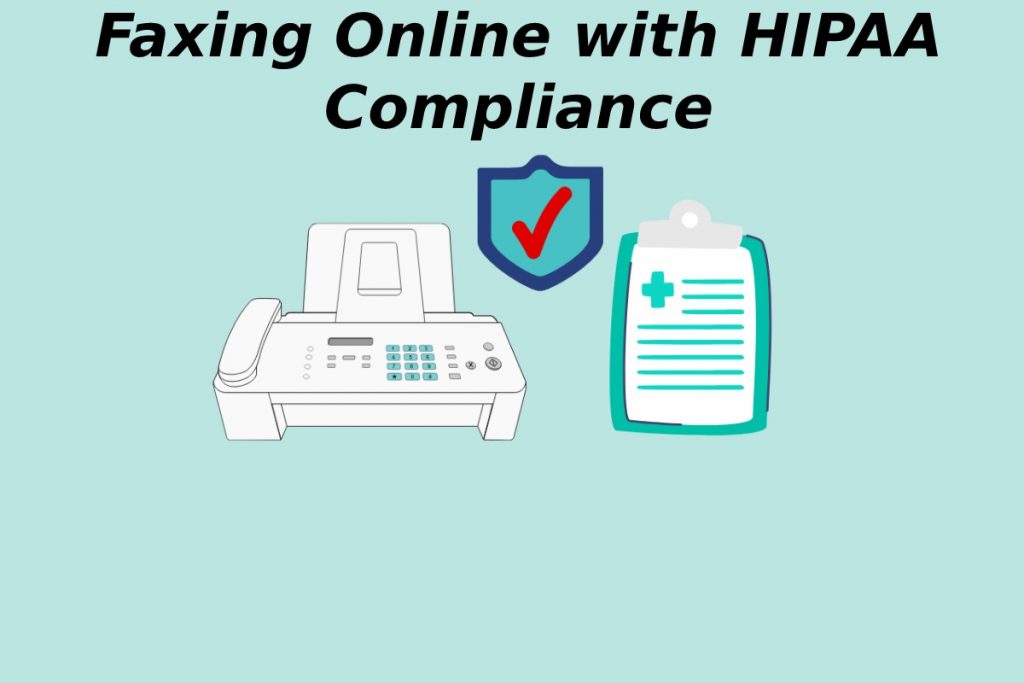Faxing has been a staple of communication for many industries since its rise in popularity in the 1980s. Though many businesses have moved on from the fax machine as a way to transfer information quickly, healthcare professionals still rely on it heavily. However, as the world becomes more digital, even faxing is moving online.
Fortunately for healthcare providers, online faxing that is compliant with the Health Insurance Portability and Accountability Act (HIPAA) is available through cloud-based faxing services like those at mfax.io. Considering the interoperability issues facing medical offices, transitioning to online fax may seem challenging. However, online faxing is incredibly easy and secure, so keep reading to find out more.
Table of Contents
How to Fax Online
Going paperless with online faxing is done through a fax service. Online fax companies let people send and receive faxes through their email or an online portal. Online faxes are still associated with a phone number, so it is still possible to receive online fax that is sent from a traditional fax machine.
Online faxes can also be sent from any mobile device, including a cell phone or a tablet. So long as the device has access to the internet, it can send or receive faxes. Most importantly, these transmissions are incredibly secure and HIPAA compliant.
HIPAA Compliance with Online Faxing
Healthcare professionals fax a wide range of sensitive documents, including physicians’ orders, patient records, test results, and prescription orders. Many providers are reluctant to switch to an online faxing service, as they have questions about its security and are concerned about potential HIPAA violations. However, there are quite a few benefits to online faxing that improve security over traditional fax machines, including more control over who accesses the information, more secure data transmission, and secure data encryption.
Limited Access to Faxes
HIPAA requires that healthcare providers have controlled and limited access to patient health information. When using a traditional fax machine, providers must assign a person to watch the machine for any incoming information. They have to log who has access so that no information is left unattended for any period of time and there is a record of which person physically saw each record that was sent or received.
Online faxing makes limiting access to faxes much easier than traditional fax machines. Online fax services have mechanisms in place that allow only certain people to access faxes, and there is never any chance of anyone else viewing them. There is much less room for error with cloud-based faxing, so the risk of a HIPAA compliance breach is much lower.
Secure Transmission of Information
The National Institute for Standards of Technology (NIST) establishes protocols for safely transferring information online, called Transport Layered Security (TLS). Online faxing services use the protocols recommended by the NIST to ensure data transferred via online fax is as secure as possible. Healthcare providers can rest assured that patient health information is not at risk during the transfer process.
Military-Grade Data Encryption
Another layer of security that online faxing offers are state-of-the-art data encryption. High-level encryption ensures that information sent and received via online fax is only visible to the intended recipients. In the unlikely event that data is intercepted, the unauthorized person viewing it would see nothing but a string of illegible symbols.
The Bottom Line
While many healthcare providers still stand by traditional faxing, many more are making the switch to online faxing services. Online fax service providers understand HIPAA compliance and keep that in mind when they design their services. Online faxing is easier, less labor-intensive, and more secure than using a traditional fax machine to transmit patient information.

